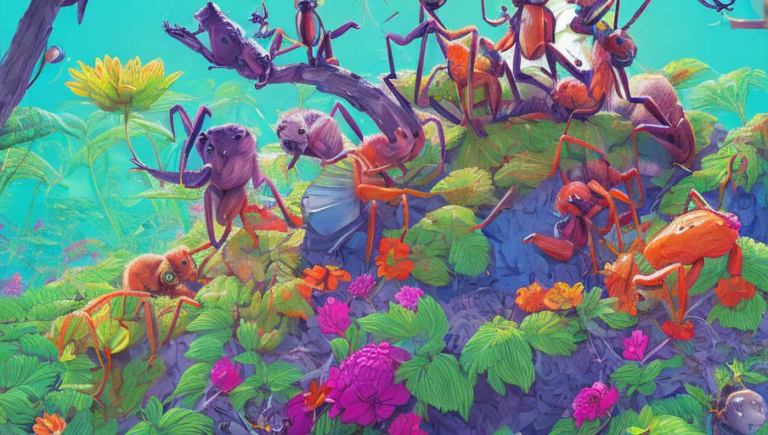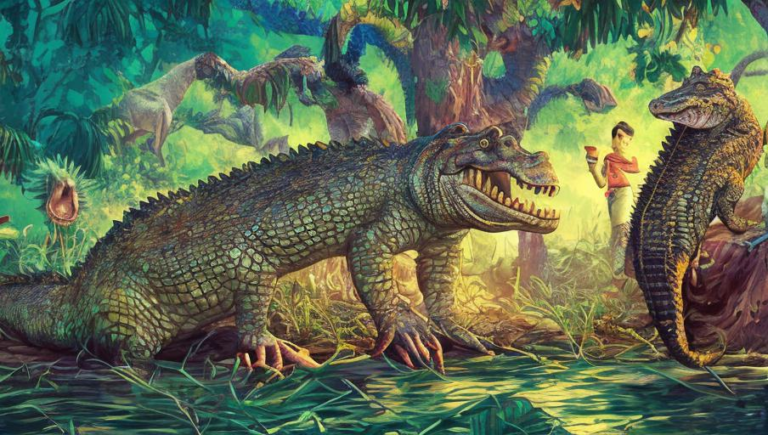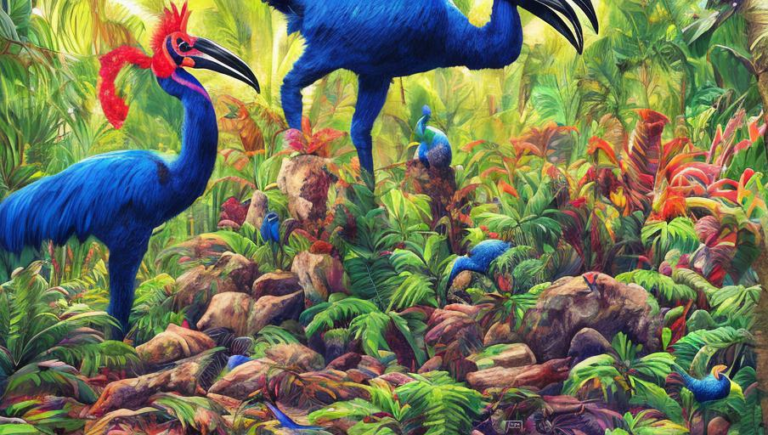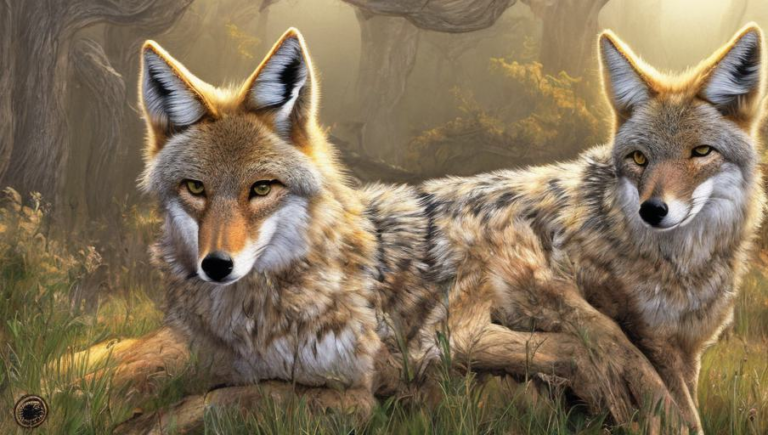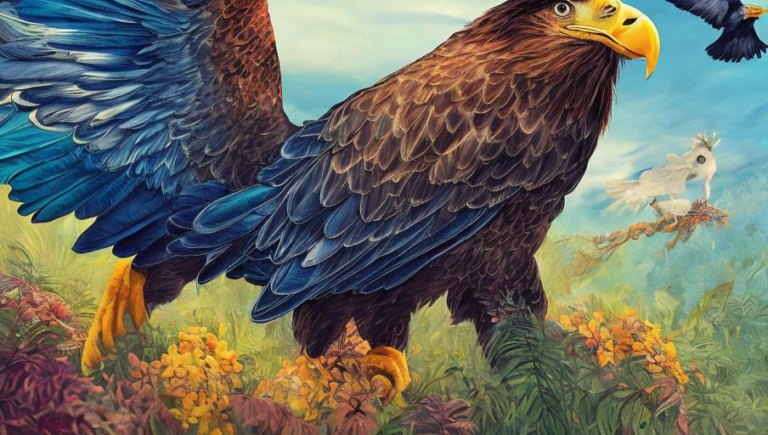Rejuvenating Badger Populations
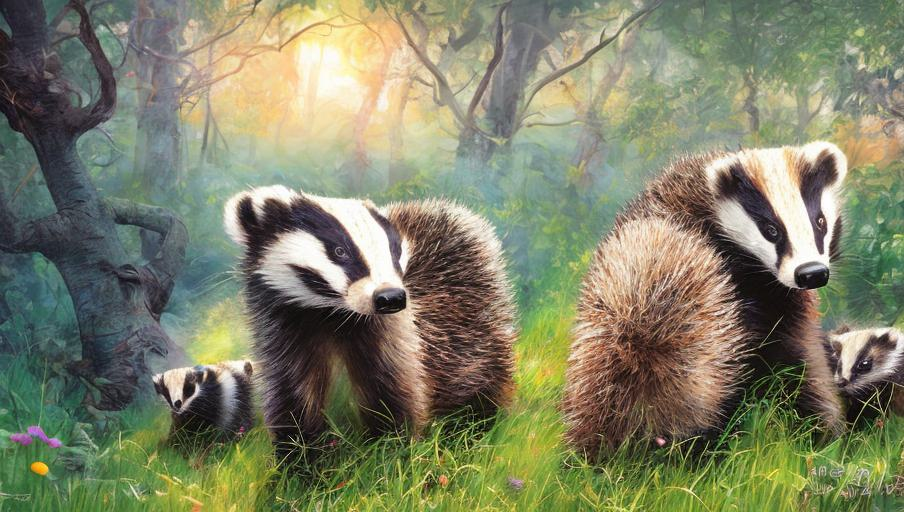
Introduction
Badgers are small mammals native to Europe, Asia, and North America. They are found in a wide variety of habitats, from grasslands and forests to deserts and alpine meadows. Badgers are omnivorous, meaning they eat both plants and animals, and are important for controlling the populations of rodents, insects, and other small animals. Unfortunately, badger populations have been declining in many areas due to a variety of factors, including habitat loss, hunting, and disease.
Badger Conservation Efforts
In recent years, there have been a number of conservation efforts aimed at protecting badgers and their habitats. In Europe, organizations such as The Badger Trust have been working to protect badger populations through lobbying, research, and public education. In the United States, the U.S. Fish and Wildlife Service has listed the American badger as a threatened species and is working to protect their habitat from development and other threats. In addition, organizations such as The Humane Society of the United States are working to reduce hunting and trapping of badgers.
How to Help Badgers
There are several things that individuals can do to help badgers. Firstly, people can support conservation organizations that are working to protect badgers and their habitats. Secondly, people can become active in their local community by contacting elected officials to advocate for badger conservation. Finally, people can support sustainable farming practices, such as organic farming, that help protect badger habitats and provide food for them.
Conclusion
Badgers play an important role in the environment and their populations are declining in many areas. By supporting conservation organizations, advocating for badger conservation, and practicing sustainable farming techniques, individuals can help to protect and rejuvenate badger populations. By doing our part, we can ensure that badgers will be around for generations to come.
